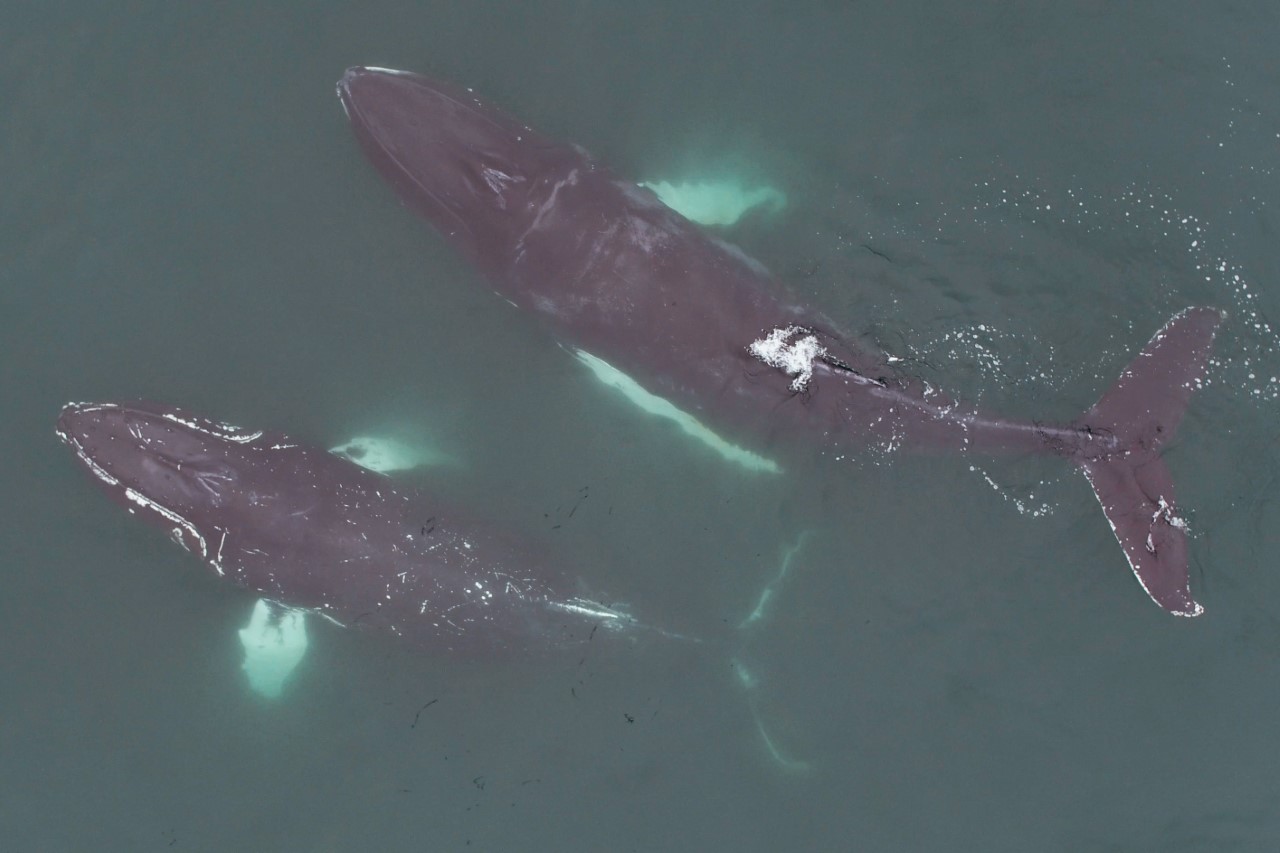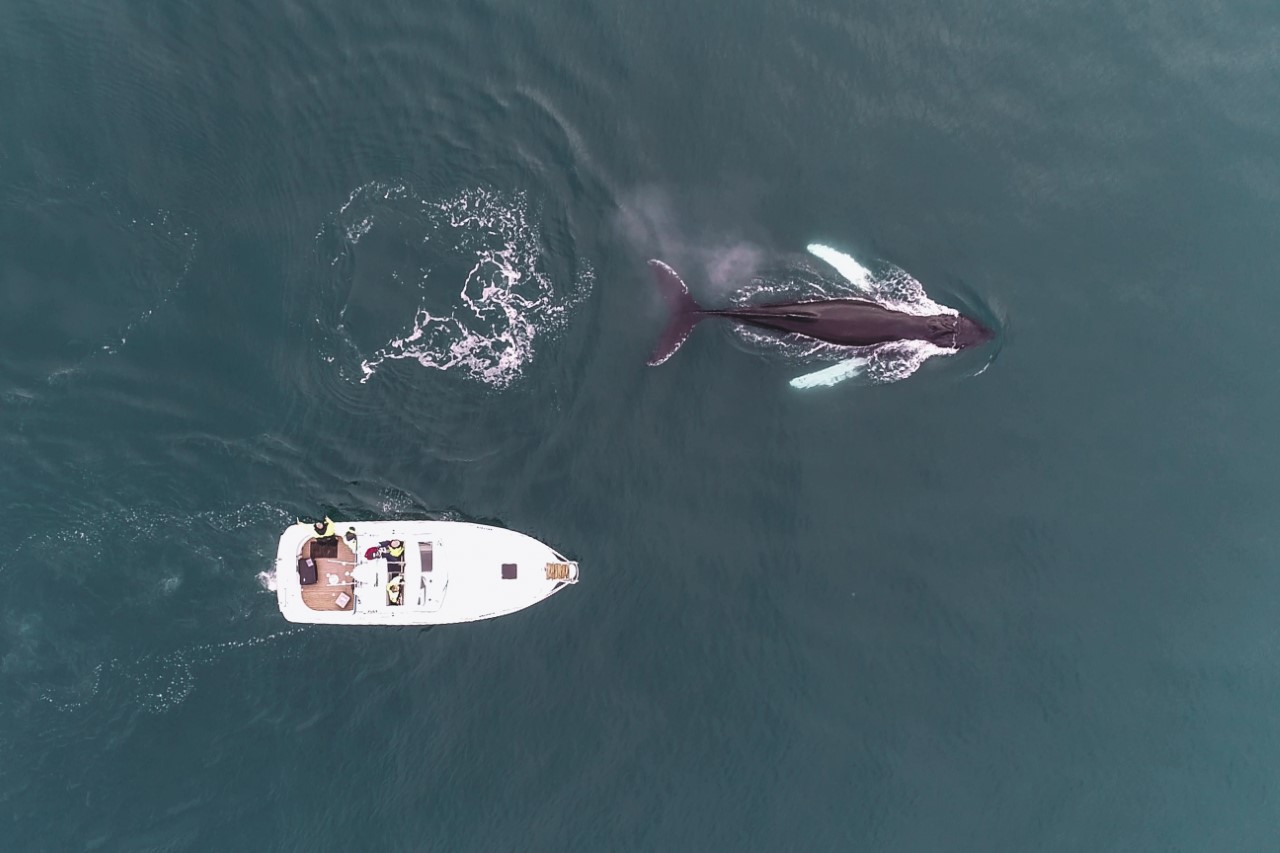Allometric adaptations of cetaceans in Skjálfandi Bay, Iceland
This PhD. project is conducted by Maria Glarou under the supervision of Dr. Marianne Rasmussen at the University of Iceland and Dr. Fredrik Christiansen at the University of Aarhus.
Cetaceans exhibit an exceptionally wide range of body sizes; from porpoises (the smallest of all cetaceans) to blue whales (the largest animal to have existed on our planet), there is more than a 20-fold increase in body length and a 3500-fold increase in body mass. Despite this significant variation in size, different-sized cetaceans co-exist in certain areas. In Skjálfandi Bay, NE-Iceland, where the average water temperature is around 3.69°C, cetacean species co-occurrence is observed year-round.
Living in such cold climates comes with a fair share of challenges, the biggest one being maintaining a stable body temperature. Particularly in the marine environment, this process requires large amounts of energy as the rate of heat loss in the water is ~23 times higher than in the air. So, how can a <2 m and <70 kg harbour porpoise live in the same cold-water environment as a >30m and >180ton blue whale?
To answer this, we will obtain drone images and videos of five species of cetaceans that are regularly found in NE-Icelandic waters, to link body size with respiration rates, and ultimately determine the energetic requirements for life in a cold-water environment. Obtaining baseline information on these processes is highly relevant in the context of a changing climate, as the progressive sea warming is bound to shift ecosystem balances, and consequently affect species distribution and home range.





